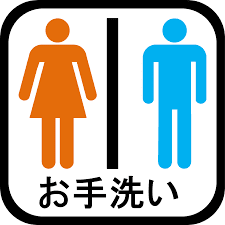Vineyards and wine: four things to know in France
France has a total of 750,000 hectares of vineyards, or 10% of the world's area of vines. And a myriad of wines, champagnes, spirits, and liqueurs. https://travel.earth/6-gorgeous-vineyards-in-france-for-wine-lovers/ Territorially, vineyards represent only a small fraction of the country's 29 million hectares of total agricultural land. Still, they are found in two-thirds of the departments (66 out of 101). In terms of value, wine-growing land is by far the most expensive, the most sought-after, and also the most speculative, estimated at an average of 147,300 euros per hectare for wines with a Protected Designation of Origin (PDO) in 2018, according to the most recent estimates of the Safer (Société d'aménagement foncier et d'établissement rural) the land of specific prestigious "grands crus classés" of champagne can reach two million euros per hectare. Even outside of the PDO, vineyards remain more than twice as expensive as other agricultural lands, at an



